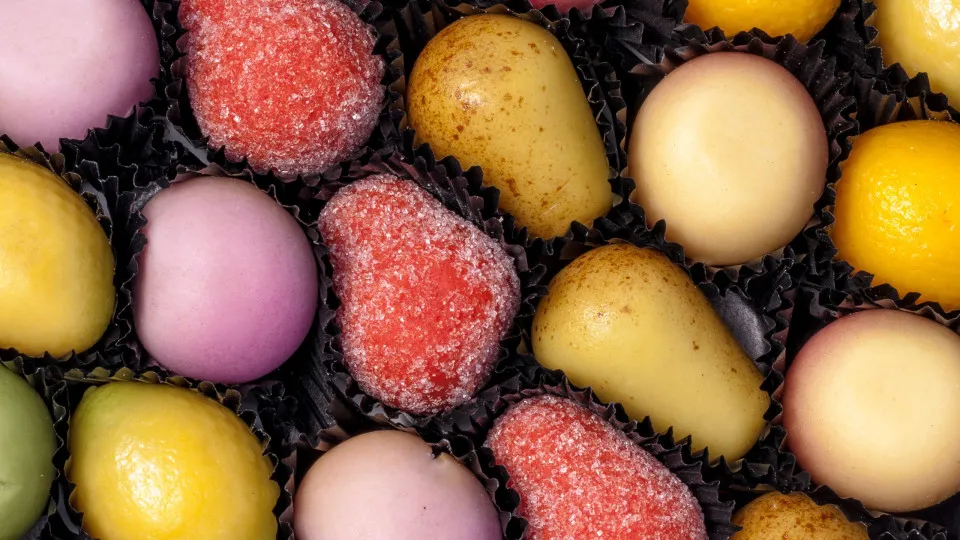Marzipan is one of those food items that delight just about everyone. Often made into sweets, common uses are chocolate-covered marzipan and small marzipan imitations of fruits and vegetables. A favorite baking ingredient, marzipan also makes a colorful and creative cake decoration. The confection enjoys a long history dating back to at least the 12th century. But do you know where it comes from, and how it is made?
Click through the following gallery and find out more about delicious marzipan and its origins.



